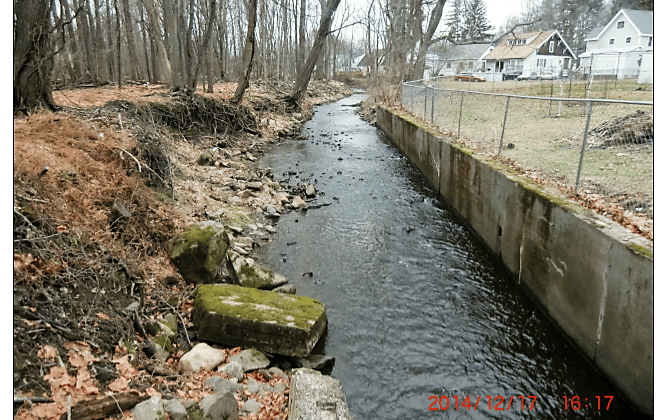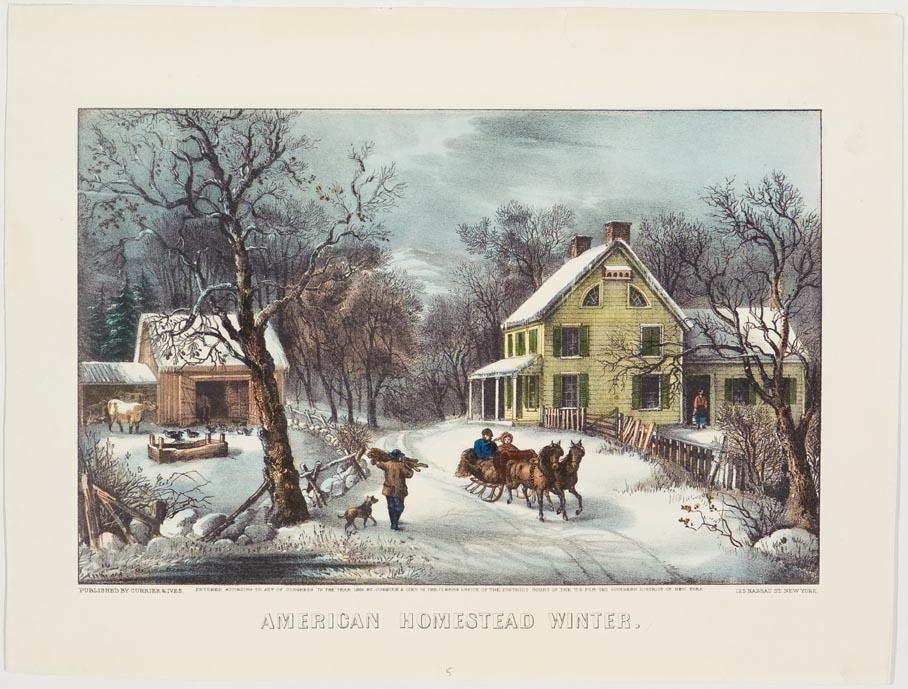MIDDLETOWN—The Department of Housing and Urban Development (HUD) awarded flood mitigation funding to the City of Middletown in 2014, yet the city is still waiting to see it, according to Middletown Department of Public Works Commissioner Jacob Tawil. “It is just sitting there for us and we haven’t got it,” he said. “It’s been sitting there forever.”
Tawil says everyone is trying their best to get the funding, but “any project the feds are in is just going to take more time.”
The federal funding comes through the state to the Community Development Block Grant program. It’s disaster money that has been re-appropriated for two flood mitigation projects announced in August 2014, according to Mayor Joseph DeStefano. “It was a [Rep.] Maloney initiative,” DeStefano said.
The city has been waiting for the $2.7 million in funding since that announcement. HUD is expected to respond to the city’s application in the next few weeks, said Richard Mayfield, director of the Orange County Community Development Office, whose agency will deliver the funds to the city.
‘Cautiously Optimistic’
In June 2013, after Hurricane Irene and Tropical Storm Lee, and then Superstorm Sandy, Gov. Andrew Cuomo centralized flood infrastructure rebuilding efforts in the Office of Storm Recovery. The agency delivers Federal Emergency Management Agency (FEMA) money through the Community Development Block Grant program.
Right now it’s at HUD. “They are going through it doing their due diligence,” Mayfield said. Within the next couple of weeks Mayfield said, “We will be meeting with them directly, and hopefully at that point we can get a clear picture of where we are.”
HUD has not asked for more information, “so that’s a good sign,” he said. “We are cautiously optimistic that the project’s going to go forward in a positive direction.”
The projects initially met roadblocks because residents who refused to sign easements. Federal agencies cannot release funds to fix private property, so until the easements were signed, the city could not do anything.
Consultants’ Plan
The City of Middletown held a public informational meeting on July 19 to inform residents on where the projects now stand.
The city hired engineering and design firm Clark Patterson Lee to design the plan for the proposed projects, which Timothy Moot and David Chase from Clark Patterson Lee presented.
The two projects center on the floodplain along Monhagen Brook and are connected to each other as Maple Avenue crosses West Main Street. The Maple Avenue Drainage Improvement project is designed to hold storm water with a pond, drainage channel, and culvert.
The Drainage Improvements West Main Street Area project would realign and stabilize Monhagen Brook with precast concrete block retaining walls.
The projects are designed for storms that might occur once every 25 years, not those of the magnitude of Irene or Sandy, both 100-year storms.
Tawil said Irene and Sandy were the highest magnitude storms in the area in recent history. “We had rivers down here on Fulton Street. We had flooding everywhere.”
He said there is no way to design a drainage system big enough for such extreme storms.
The Maple Hill project will be most beneficial, according to Tawil. A detention pond that will hold storm runoff will be constructed upstream of the existing pond at Maple Hill Park.

Tawil said a detention pond is needed and it can’t just be a big pipe that will send excess storm water further downstream. A pond would gather all the water instead of allowing it to flood locally, he said, and the water would have time to be absorbed by the local landscape and trees.



The consultants will be paid a percentage of the HUD funds, Tawil said. The firm designs storm water management systems throughout the region.
Another piece of the project is approval from the Army Corps of Engineers, Tawil said. The Corps walked the site in 2015.
Hector Mosley, public affairs specialist for the Army Corps’ New York district, said his office sent a letter in January to the consultants asking for more information and has not yet received a response. Once the Army Corps receives the requested data, they will make a decision to approve a permit for construction within the wetland around Monhagen Brook.
County Support
The Community Development Block Grant project applied to HUD for the city. Mayfield said it was not an easy process. “We said, ‘Look, we know that there’s needs in Middletown that we could help address with this program.’ We finally got clearance from HUD that, ‘Okay, if you can qualify that these projects meet all the other criteria then that’s fine,’” he said.
Mayfield said HUD is checking the application to avoid any duplication in funding, for instance, for individuals with private insurers. He said the application process checks the design and environmental factors. That takes a lot of time and research, Mayfield said.
“Even though we think that everything is in order, it’s all taxpayer funds, and they are very conscious of that,” Mayfield said. He said HUD had previously asked for additional studies and additional information, “which the city has been spot-on in supplying to us.”
Holistic Approach
DeStefano and his team have been continuing to apply for funding from all available sources. “It will be an ongoing thing,” he said.
The mayor told the Epoch Times that the city has applied for an additional $34,000 from another source to prevent washout along Monhagen Avenue.
Mayfield said the city is doing everything right, and it dovetails with the state’s efforts to mitigate flooding throughout the state.
Residents spoke at the Common Council meeting on July 19 of their frustration by the drawn-out wait. The entire area around Monhegan Brook is in a FEMA flood zone. DeStefano said city officials have been on top of the situation.
Tawil doesn’t fault federal agencies for their due diligence, but also can’t help but be frustrated, especially for residents who live in the flood zone. “We feel the pain of other people who are living with it. They just watch their backyards being washed away.”
DeStefano said when the anticipated funding is secured, it will not end the city’s efforts to prevent future flooding.
“We are doing what we need to do to make this city a better place to live, and I thank the people for their patience,” DeStefano told the Mid-Hudson News. “I understand it, but they have been living with it for a long time.”
Part of future flood mitigation efforts are more trees in the city, said Tawil. He said the proper way to minimize storm water runoff is with detention ponds, underground storage and filters, and by having trees.
Tawil said he used to have a bumper sticker that read, “Trees are the answer.” The city is applying for grants for more greenery in the city, including at the James Street parking lot.

“Instead of all the water running off this big blacktop area, going to a pipe, then to a culvert, which goes to the [Monhagen] brook—that’s when the flooding happens,” Tawil said.
He said more green areas will allow water to “sit there for a while until the trees suck it up.”
Mayfield said the city is approaching flood mitigation in a holistic manner. “Looking at it from a planning aspect, the City of Middletown has done an excellent job trying to look out for the future,” he said.
To contact this reporter, email [email protected]






Friends Read Free